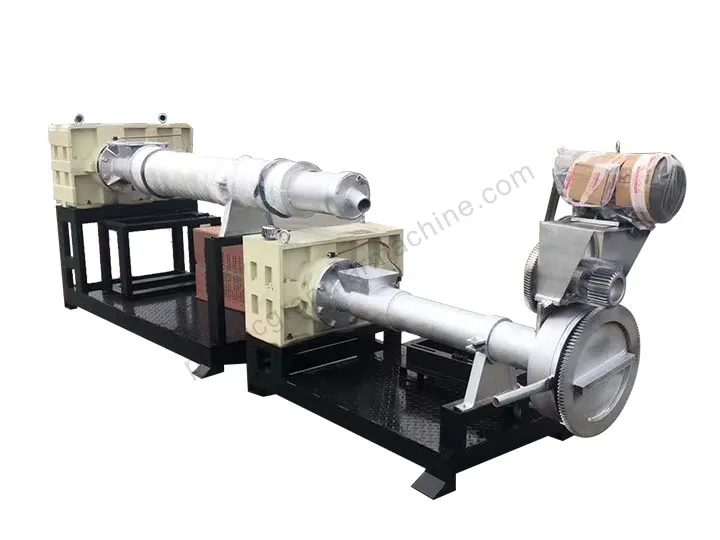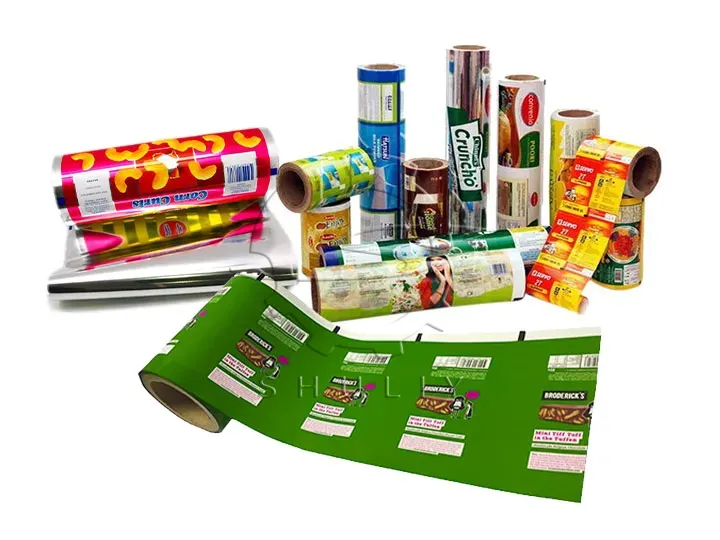How do you recycle thin film plastic?
Plastic film recycling has become particularly critical as global awareness of environmental protection increases. As a common plastic product, films are widely used in packaging, bagging, and agricultural mulching, but their disposal has been one of the challenges in the environmental field. In this paper, we will explore ways to recycle plastic films with a view to promoting more sustainable waste plastic management.


Importance of plastic film recycling
- The widespread use of plastic films in our lives has resulted in a large amount of waste films, which may have a negative impact on the environment if not properly disposed of.
- In addition, for some countries with large populations and high levels of plastic waste, such as Nigeria, Saudi Arabia, Kenya and Côte d’Ivoire, recycling of waste plastics can provide jobs and the plastic pellets obtained from recycling can be sold in the market for economic benefits.
Common ways of plastic film recycling
There are always three ways to recycle plastic film waste. They are mechanical recycling, chemical recycling, and thermoplastic recycling. Most plastic recycling factories chose to use recycling machines to recycle plastic waste.
Mechanical recycling is a common way of shearing, crushing, and melting film for pelletizing through specialized plastic film recycling machines, including shredders, washers, and plastic pelletizers. This method effectively cleans the film and makes high-quality recycled pellets with considerable economic benefits.
Chemical recycling is a way of chemically changing waste films to obtain renewable compounds. This includes techniques such as catalytic cracking, dissolution, and ester exchange to convert the film into virgin polymers or other useful compounds.
Thermoplastic recycling utilizes the thermoplastic properties of the film, which is heated and recycled over a range of temperatures. This helps to reduce energy consumption and enables efficient reduction of the film to a usable raw material.










